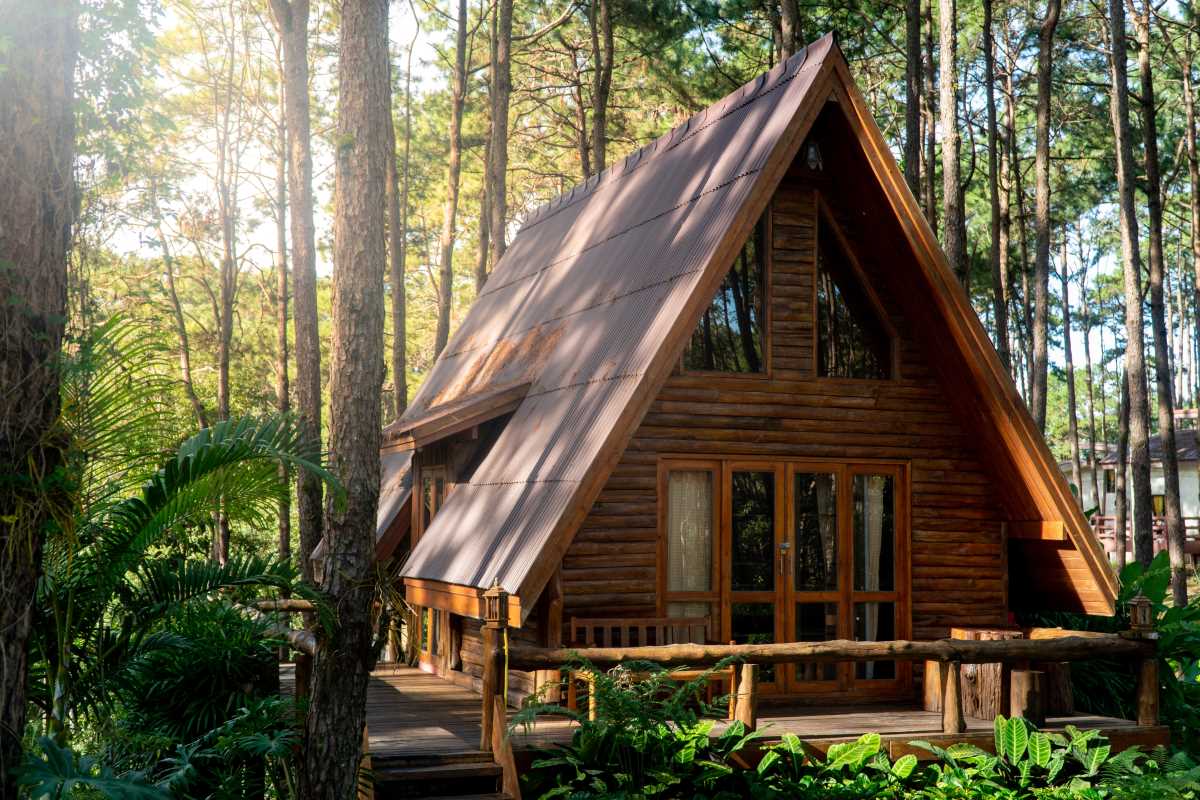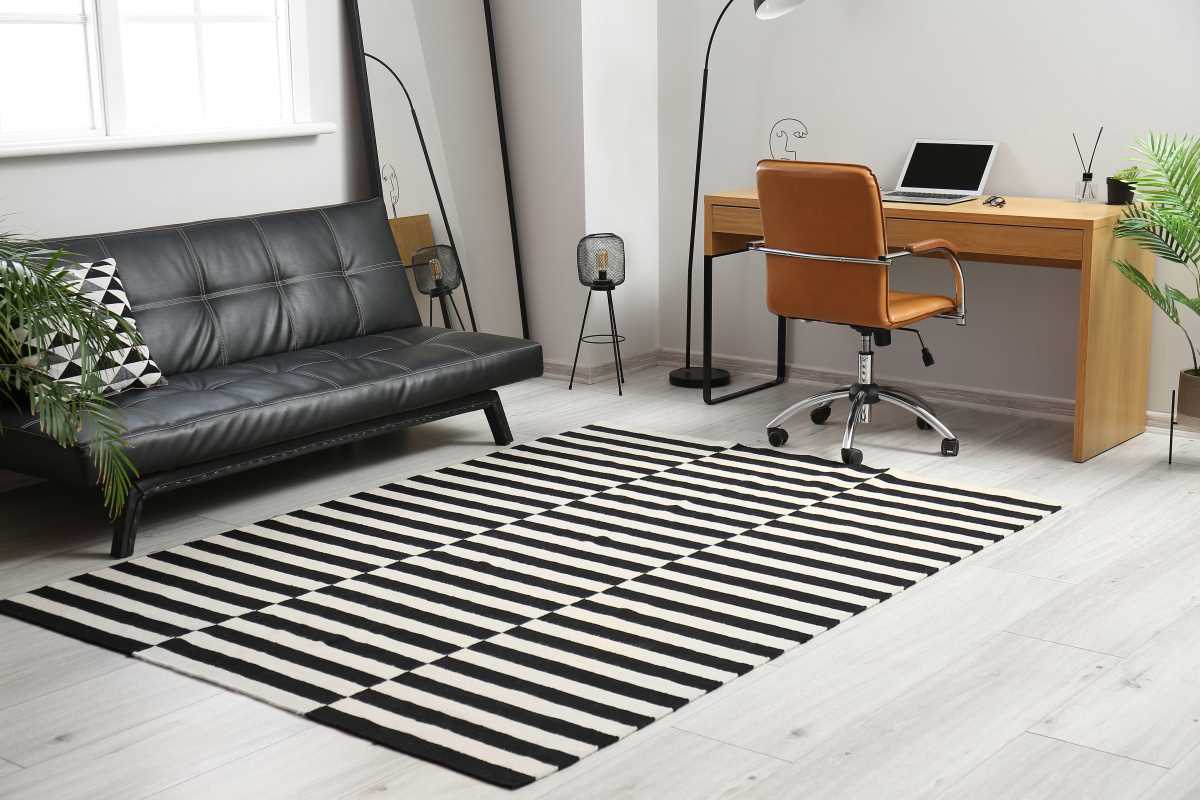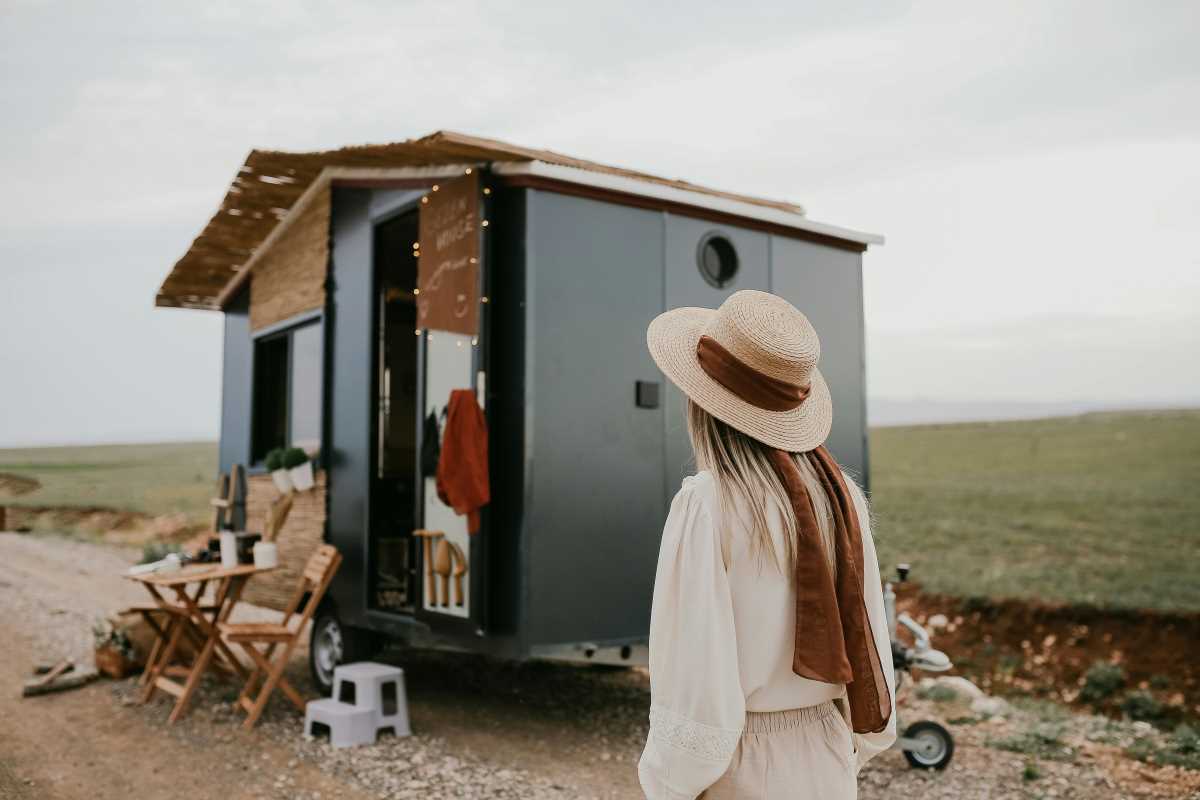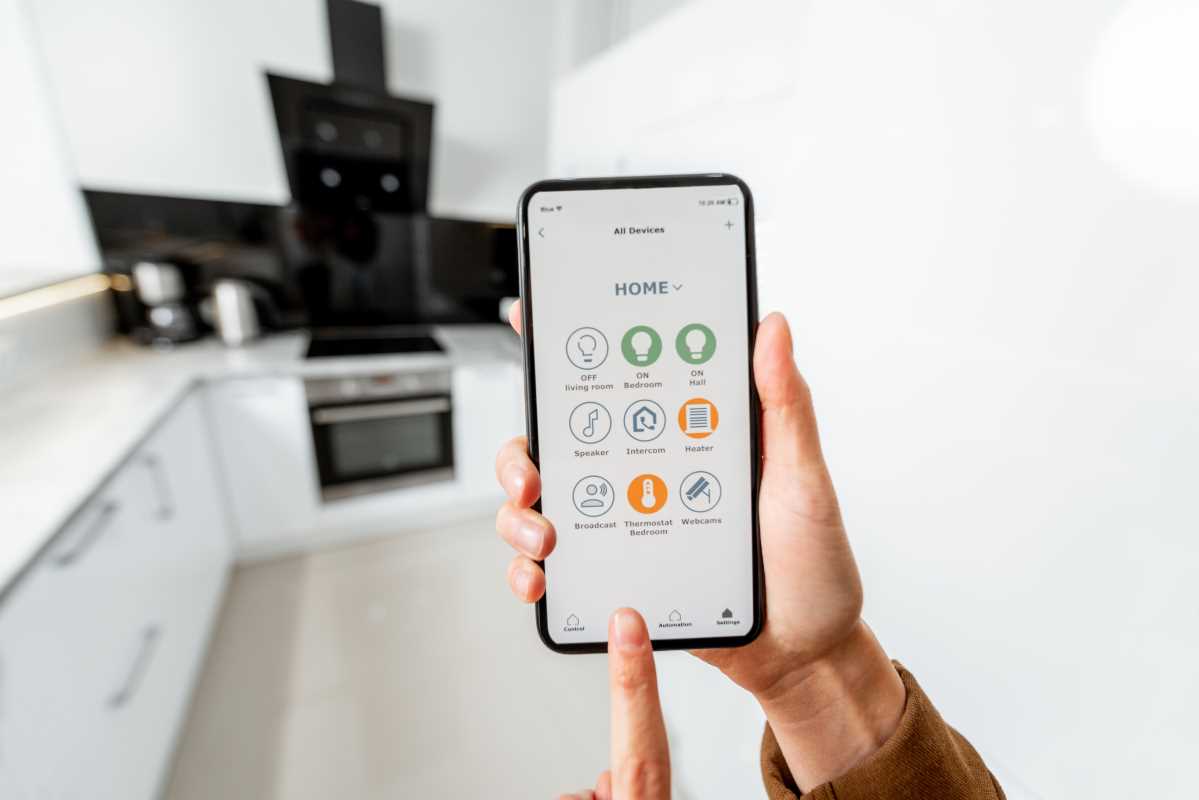City apartments often present unique challenges when it comes to saving water, yet simple changes can lead to noticeable results. You can reduce water consumption with ease, all without the need for costly upgrades or complicated overhauls. By using practical gadgets, adopting thoughtful routines, and paying closer attention to everyday habits, you will quickly find ways to conserve water. Spotting leaks early, making dishwashing more efficient, and shortening showers all play a part in this effort. These small steps become second nature over time and can help you lower your bills while benefiting the environment. Explore these seven practical tips you can start using today.
Stick around for specific tips that fit apartment life, whether you share your place with roommates or fly solo. You don’t need a backyard to make a difference.
Ways to Save Water: 1. Install Low-Flow Fixtures
Swapping out faucets and showerheads for low-flow versions feels simple but slashes water use. You’ll notice shorter rinse times without sacrificing pressure. Look for fixtures labeled EPA WaterSense or models from AquaFlow for a good balance of force and efficiency.
Focus on three key areas:
- Showerheads: Aim for under 2.0 gallons per minute (gpm).
- Kitchen faucets: Choose aerators rated around 1.5 gpm.
- Bathroom sinks: Opt for 1.0 gpm aerators to ease brushing and hand washing.
You can find free or discounted fixtures at home improvement stores or your building’s maintenance office. Installing them usually takes under ten minutes.
Ways to Save Water: 2. Adopt Smart Water-Saving Habits
Your habits directly influence how much water you use each day. Focus on actions you repeat, like washing dishes or brushing teeth. Changing your routine makes a big difference.
- Turn off the tap while lathering up or brushing.
- Collect the water that runs while you wait for it to heat up; use it for plants.
- Fill the sink for dishwashing instead of rinsing under a running stream.
- Use a bucket in the shower to catch water for quick cleanups.
- Time your showers with a waterproof timer or an old phone.
Build a new habit until it feels natural. Track your progress weekly, and invite a friend or roommate to join you.
Ways to Save Water: 3. Monitor and Fix Leaks Promptly
Drips may seem harmless until they add up to gallons per day. Check under sinks and around the toilet once a month. Don't wait for puddles to appear—look for damp spots or dark tile grout.
Fix small leaks with basic tools: a wrench, plumber’s tape, and replacement washers. For sneaky toilet leaks, drop food coloring in the tank and watch the bowl. If color appears in minutes, swap out the flapper valve.
Ways to Save Water: 4. Optimize Appliance Usage
Dishwashers and washing machines use large amounts of water. Run these appliances only when full to reduce the number of cycles needed. Set them to “eco” or “quick” modes whenever possible.
If your machine is older than ten years, consider upgrading to a model with an EcoWash label. Newer appliances use sensors to match water levels to load size, trimming gallons off each run. Even if you rent, discuss with your landlord about replacing an outdated unit with a high-efficiency one.
Ways to Save Water: 5. Use Greywater Recycling
Reusing shower and sink water in urban settings can feel intimidating, but small systems exist for tubs and bathroom sinks. A simple kit diverts water into a small reservoir that you manually pour onto plants or into a bucket for mopping.
Look for DIY greywater diverters that work without tools. After installing one, you’ll collect dozens of gallons per week.
Ways to Save Water: 6. Practice Mindful Outdoor Watering
Caring for balconies and rooftop gardens requires careful watering. Water early in the morning or evening to reduce evaporation. Use a watering can instead of a hose to target each plant’s base.
Create a simple drip system by repurposing a plastic bottle: poke small holes in the cap, fill it, and plant it neck-down in the soil. This steady drip hydrates roots without causing excess runoff. Group plants with similar needs to minimize guesswork and overwatering.
Ways to Save Water: 7. Track Your Usage with Meters and Apps
Monitoring your monthly water consumption turns numbers into motivation. Some utility companies provide detailed data or an online portal that breaks down day-by-day use. If your building allows, install a submeter on your main water line to get real-time insights.
Pair a submeter with a smartphone app that sends alerts when your water use spikes. You will catch running toilet flappers or forgotten hoses almost immediately. Tracking your usage helps you stay accountable and makes it easy to celebrate milestones—like reducing your bill by 20%.
Start with one water-saving tip and add more over time. Your efforts will lower bills and benefit the environment.
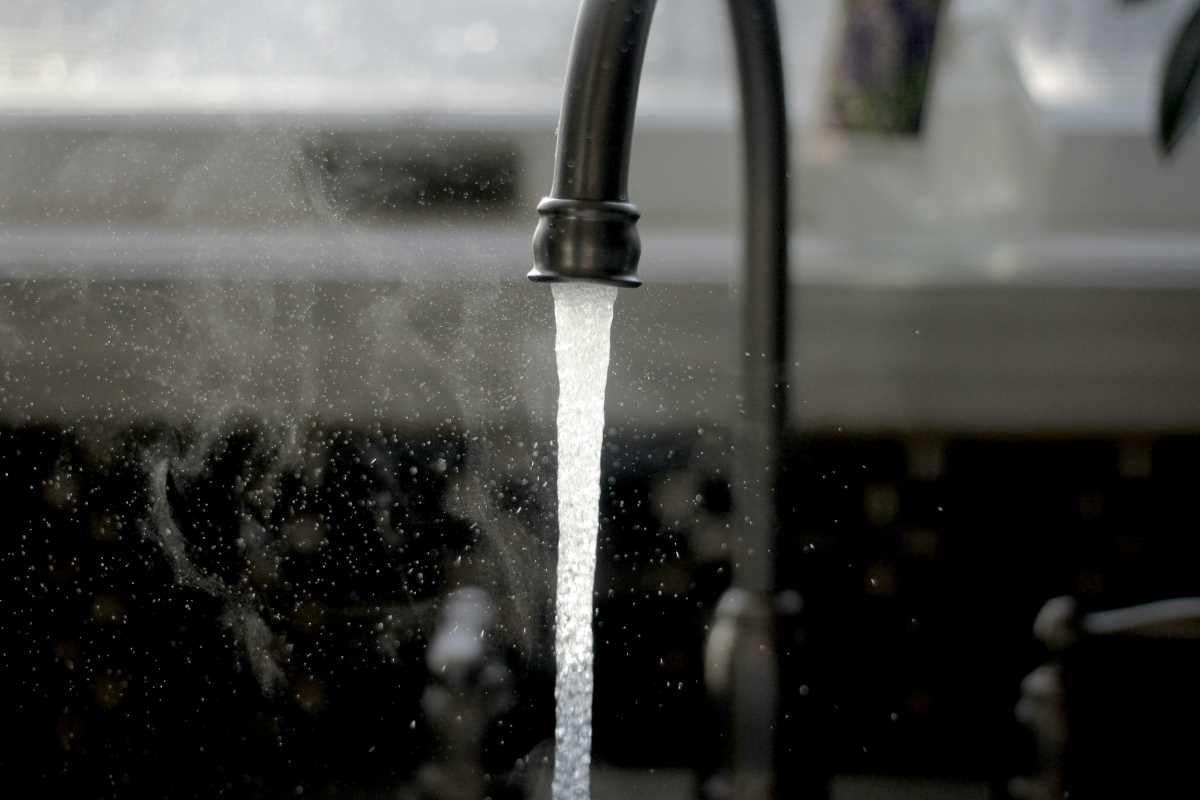 (Image via
(Image via
